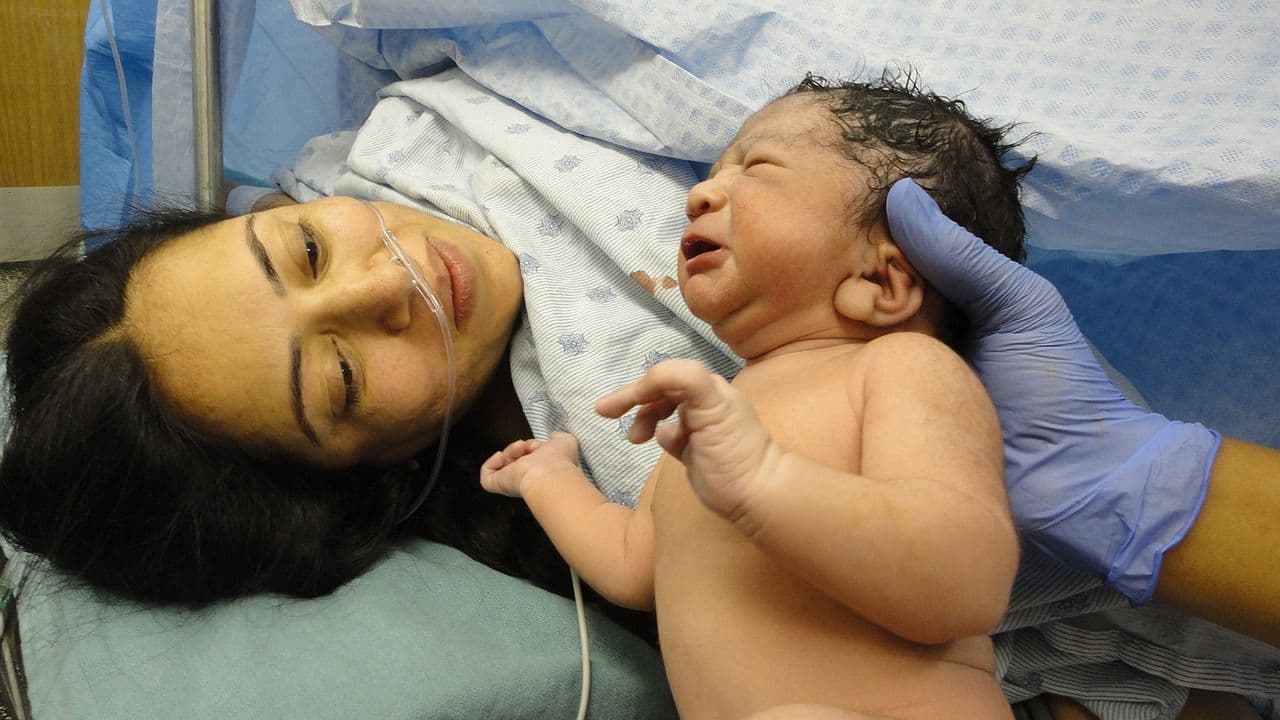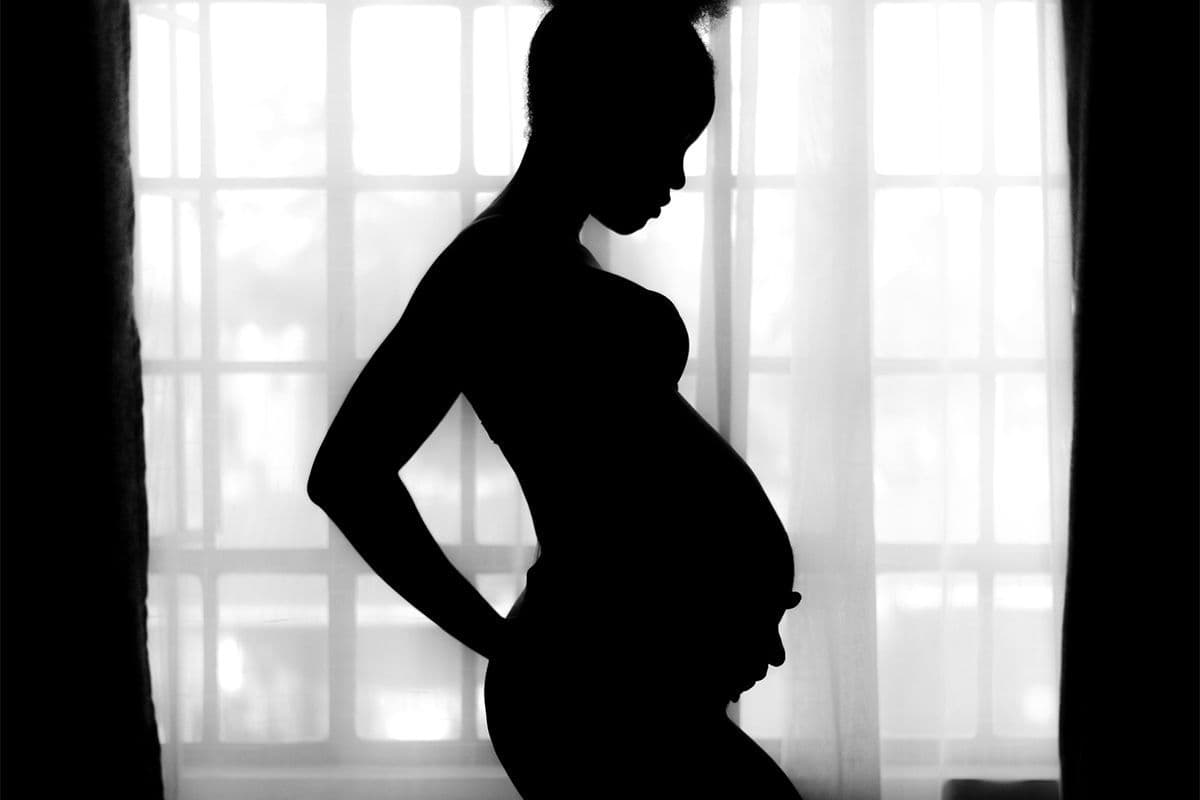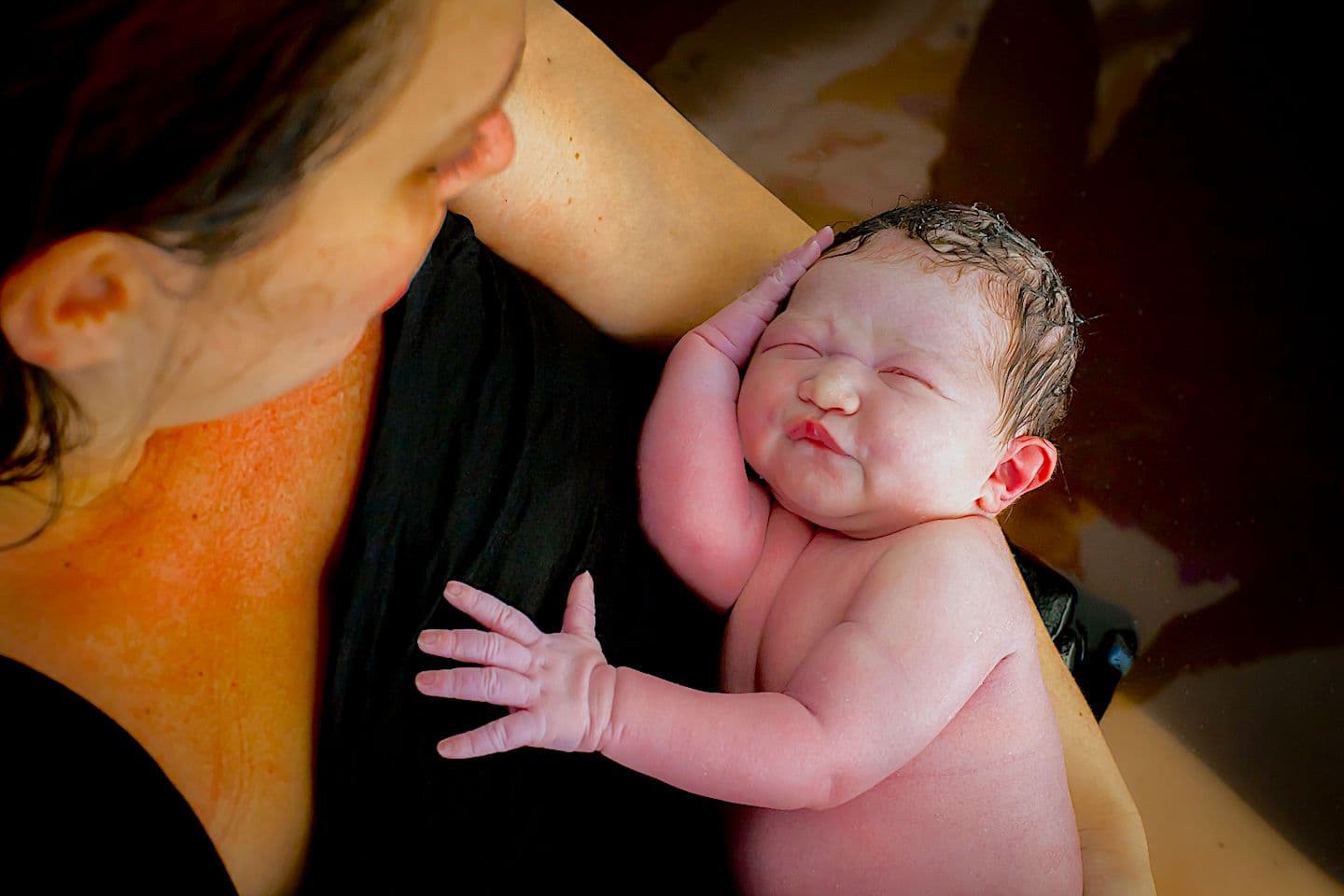Labor and Delivery: Birthing Choices
Labor & Delivery
Obie Editorial Team

In the United States, many birthing journeys take place in a hospital setting, guided by a trusted doctor. However, empowering yourself with knowledge about all your birthing options is crucial to making a choice that resonates with your personal needs and health circumstances. Though many obstetricians favor hospital births, there’s a spectrum of options available that might be better suited for healthy, pregnant women seeking alternative methods.
Your Birth Support Team
Choosing a supportive team is foundational to your birthing experience. In a hospital, this typically includes your obstetrician and the nursing staff. However, your team might also include:
- Midwives: Midwives are valuable allies versed in guiding normal, uncomplicated births. If your pregnancy has been smooth, a midwife might be a fantastic addition to your team. They are skilled at identifying complications early and will collaborate with or refer you to obstetricians if needed.
- Family Doctors: These professionals are also equipped to manage low-risk pregnancies. Their experience in broad-spectrum healthcare doesn’t preclude them from delivering healthy babies with confidence. However, they will refer high-risk cases to obstetricians when specialized expertise is necessary.
- Doulas: While not medical professionals, doulas provide unwavering support and comfort during labor and delivery. They can work alongside your chosen medical care provider, serving as an anchor of emotional support and guidance.
Creating Your Ideal Birth Environment
Where you give birth can significantly impact your experience. While home births and water births offer serene and personal settings, it’s essential that your primary caregiver fully supports your choice. Obstetricians and many family doctors often advocate for hospital births, though certified nurse-midwives can also be present in a hospital delivery.
Consideration should be given to potential complications, including the increased chances of neonatal distress associated with home births, and the logistical challenges of accessing medical help quickly if necessary. Ensure your birthing environment is within optimal proximity to medical facilities to avoid undue risk.
Planning for Labor Support
Labor's duration and intensity vary greatly and planning effectively is key. Craft a birth plan that details your preferences for who will be present during delivery, designates childcare arrangements, and assigns contact roles for family and friends. This preparation can provide the structure needed for peace of mind as you approach your delivery day.
Knowing Your Interventions
You have the right to informed choices around medical interventions, although some will be guided by necessity. Discuss options like VBAC (Vaginal Birth After Cesarean) with your obstetrician. Your personal history with previous pregnancies, reasons for past C-sections, and current pregnancy health are all factors that play into whether VBAC is an appropriate choice for you.
Read More











